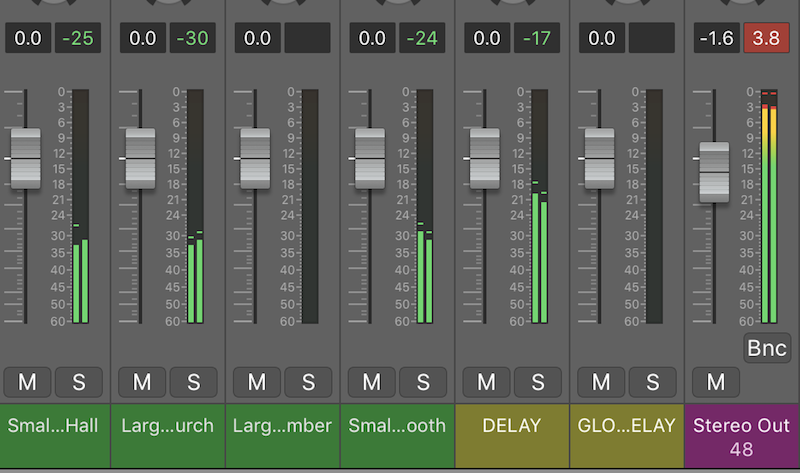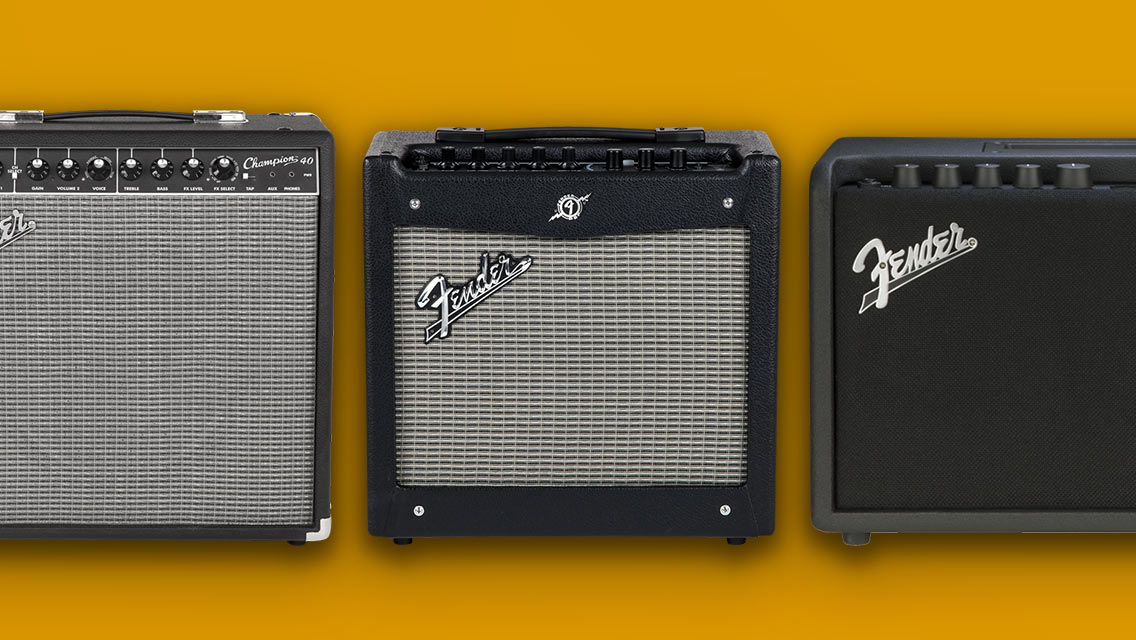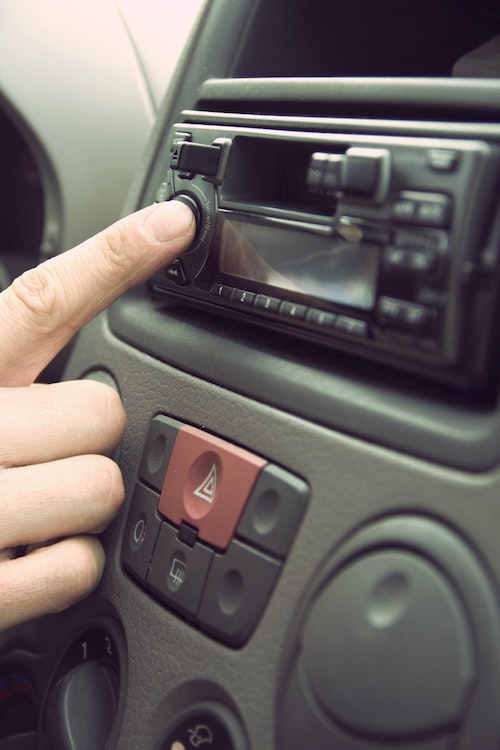

This also holds true in non-guitar amplifiers, like those found in mixing/recording consoles and emulated in DAWs. The term gain gradually became synonymous with distortion, and "volume" or "master volume" was used on output stages to differentiate the output level from the distortion level. Turning the gain up too high on a given stage introduces distortion on the signal.Ī fair amount of mid-20th century amps (especially for guitar) had just one adjustable gain stage, simply labeled "gain." Musicians and producers found that by cranking the gain very high, the resulting signal distortion actually sounded kinda cool and so they used it as their sound. The input stage amplifies the incoming signal for use in the amplifier's circuitry, and the output stage amplifies the signal coming out of the amp for use in a speaker or similar. In a lot of modern amplifier design, there are effectively 2 separate "gain stages" where signal amplification is performed: the input, or "preamp" stage, and the output or "power" stage. In amplification jargon, all volume changes are described by the term "gain", where gain is the ratio of the input and output signals. It may not be directly applicable to your setup, but the principle applies. The old Mackie mixer manuals were very informative. But you say this question is about a mic input. In this case you have the choice of setting 'gain' low for a clean sound, higher for a distorted one.

There's also the special case of guitar amps, where a 'gain' control may be used to deliberately push the signal into overload, causing an interesting-sounding type of distortion. Although the overall volume can subsequently be modified, the distortion will still be there. Unless, perhaps, you were setting it TOO high and causing overload distortion at that stage.

Perhaps your question is about the 'gain' knob at the top of a channel strip on a mixer? Setting this low but amplifing later would normally mean MORE noise.

Noise floors on today's equipment, even the cheaper stuff, are pretty low but hitting the digital ceiling just sounds nasty. Now we tend to keep levels safely 'under the ceiling'. Noise floors were high, moderate overload didn't hurt much - sometimes we even LIKED the effect and called it 'valve sound' or 'tape saturation'. In the old days of analogue recording (and noisy preamps/mixers) we erred on the high side. It basically means that at EVERY point where amplification takes place we should strive to keep the signal above the noise floor but below the overload level. The topic we're talking about is called 'Gain staging'. It can be applied at various stages in the signal chain between musical source and final playback. 'Gain' just means 'amount of amplification'.


 0 kommentar(er)
0 kommentar(er)
